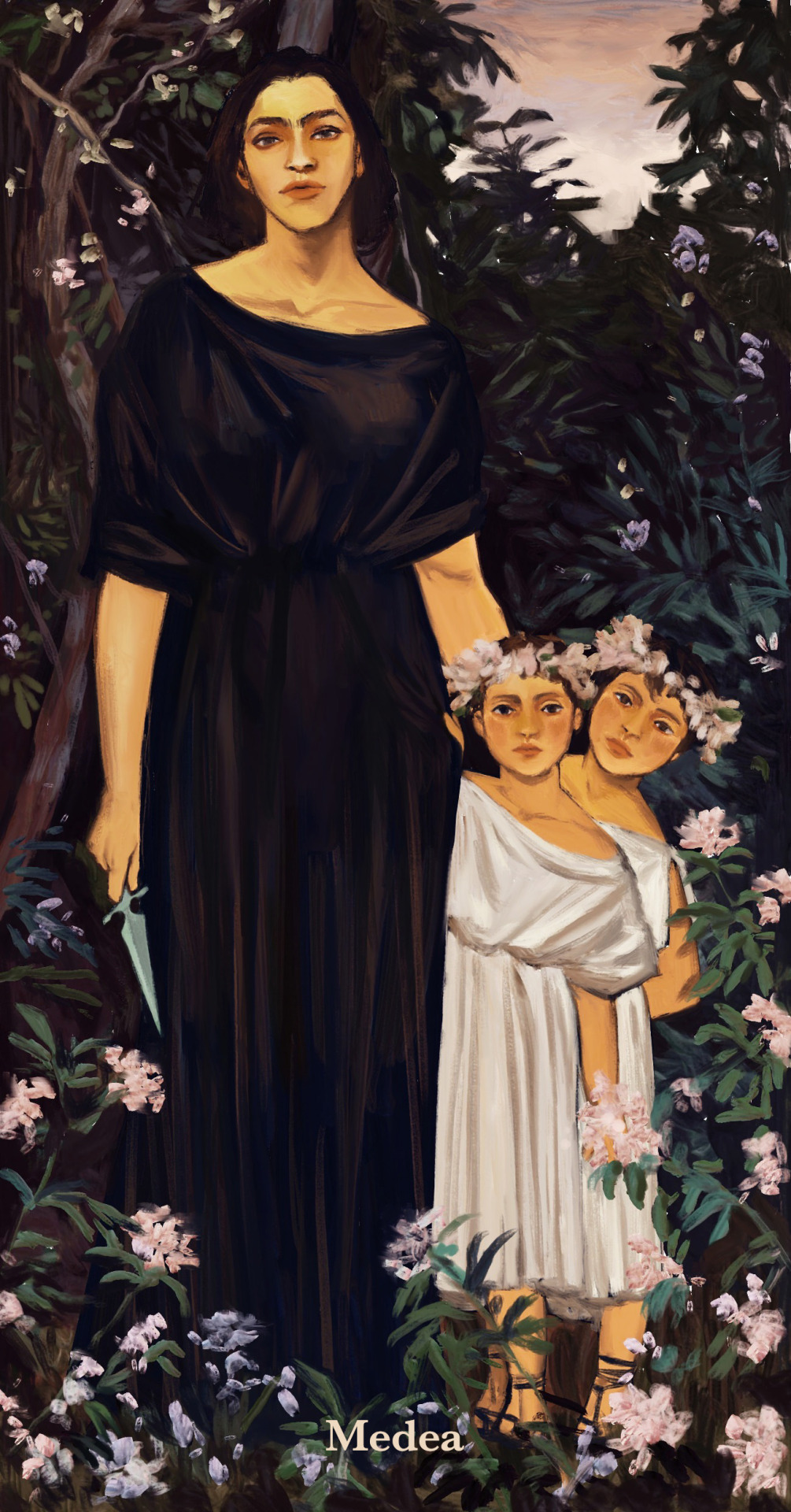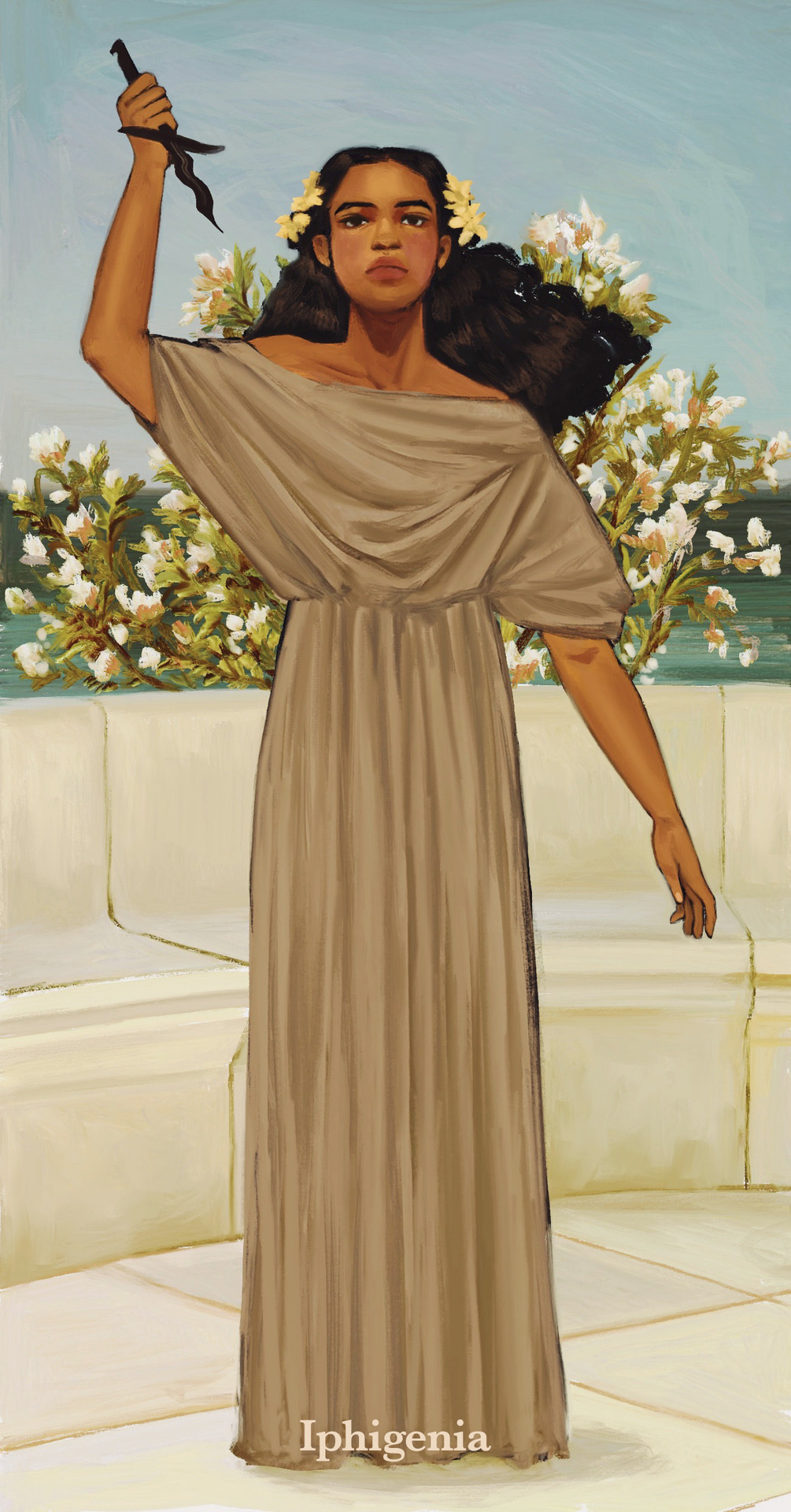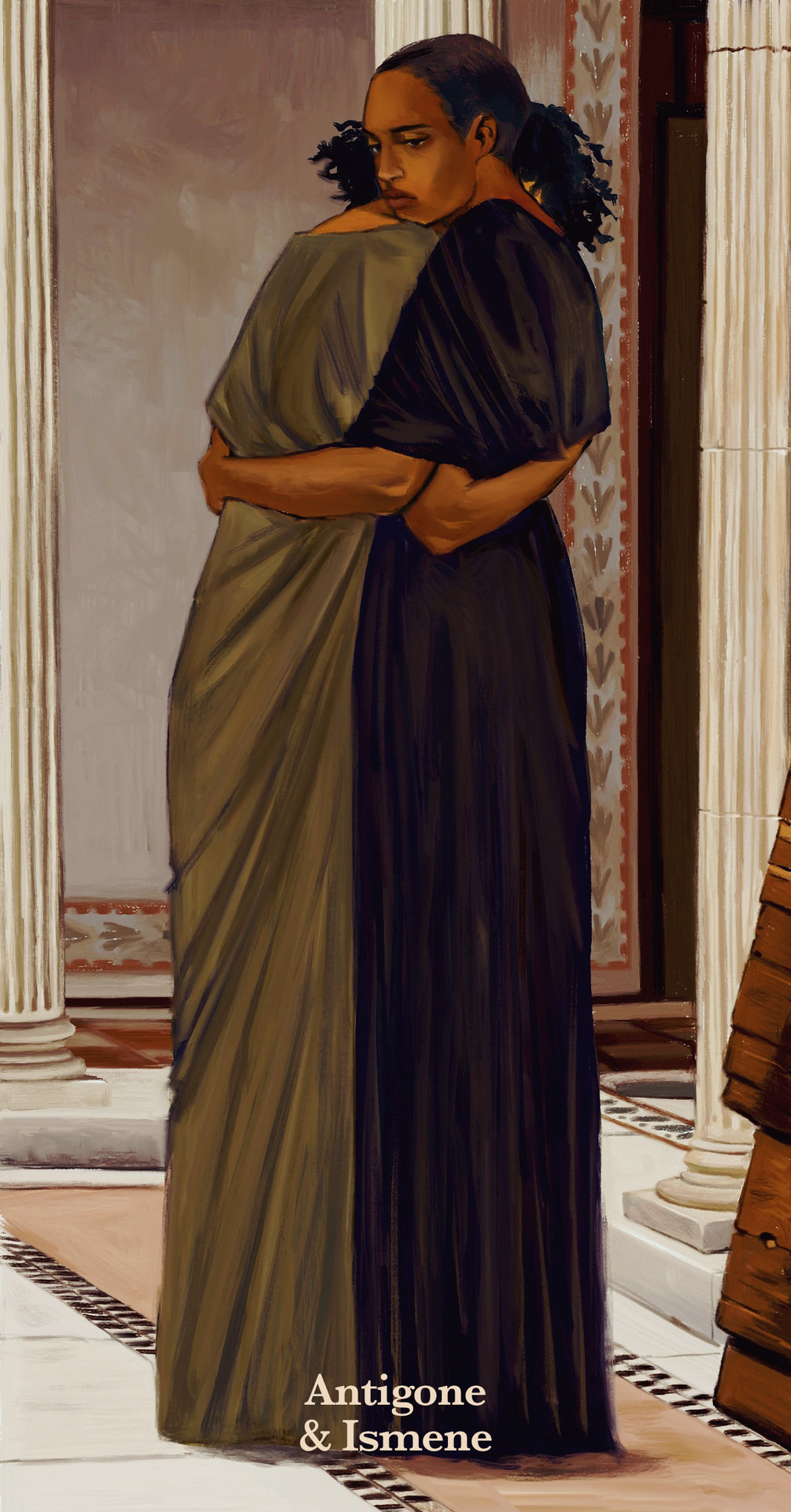Text
suelo entrar para ver las publicaciones que solían gustarme y me doy cuenta que aun mis gustos permanecen
9 notes
·
View notes
Photo
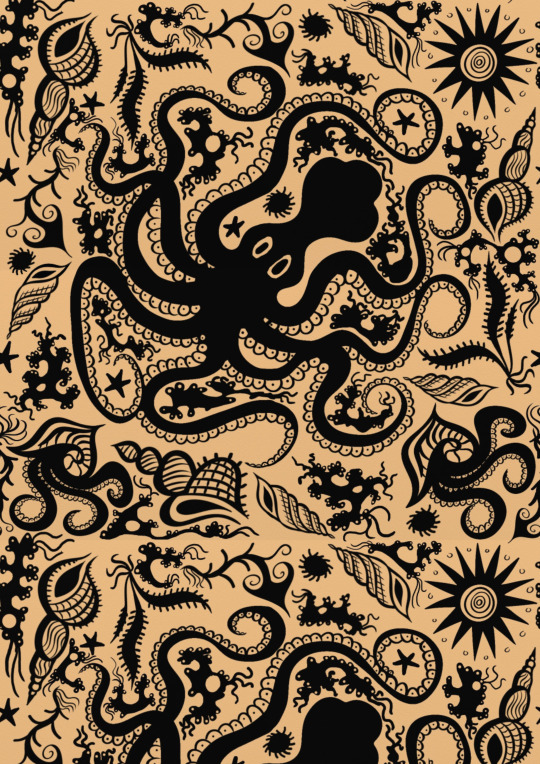
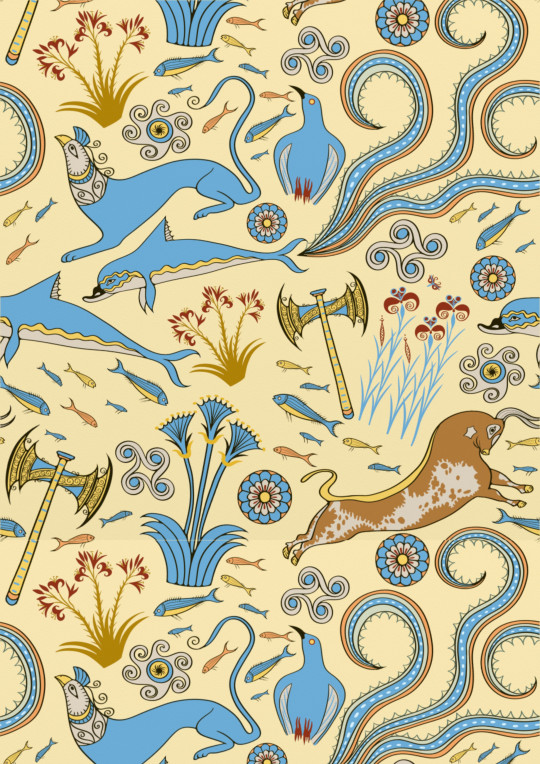
minoan motifs patterns
marine pottery style/palatial fresco style
5K notes
·
View notes
Text
Some of my readers call themselves "Hellenistic polytheists" or "Hellenistic pagans."
The term “Hellenistic” refers specifically to the time period from the death of Alexander the Great in 323 BCE to the defeat of Cleopatra and Mark Antony by Octavian in 31 BCE.
Popular deities worshiped during the Hellenistic period included Hermanubis, Hermes Trismegistus, Isis, Dionysus-Osiris, Serapis, and Harpocrates - deities which the majority of "Hellenistic" polytheists/pagans don't seem to acknowledge.
Instead, the vast majority of "Hellenistic" polytheists/pagans appear to worship one or more deities in the traditional Hellenic pantheon: Athena, Hermes, Apollo, Artemis, etc.
What we call our religious practice helps us find like-minded others.
If you call yourself "Hellenistic," but you don't worship any actual Hellenistic deities, you're confusing the rest of us.
372 notes
·
View notes
Photo

Nanny Goat, late 2nd Century BC, Cleveland Museum of Art: Greek and Roman Art
Goats were among the earliest domesticated animals and figured prominently in Greek art and mythology since at least the 8th century BC. This example with its powerful stance, curly beard, and horns is not a ram but an expecting doe with swollen flanks. The subject is rare and its meaning unclear. Possibly she was part of a group dedication to a goddess. The sunken areas at the tail and hips and her open mouth, indicating heavy breathing, are signs that she is ready to give birth. Size: Overall: 30.5 x 31.1 cm (12 x 12 ¼ in.) Medium: bronze
https://clevelandart.org/art/1990.32
245 notes
·
View notes
Photo

Mirror with Engraved Scene, 400-350 BC, Cleveland Museum of Art: Greek and Roman Art
This is the usual type of Etruscan hand mirror (as distinguished from the earlier Greek hanging mirrors). The tang at the bottom originally fit into an ivory handle. The engraved scene depicts a fallen Trojan warrior being carried off the battlefield by a winged god. The style of engraving of this scene gives us an idea of what Etruscan drawing and painting were like. Size: Diameter: 14.4 cm (5 11/16 in.); Overall: 19.8 cm (7 13/16 in.) Medium: bronze
https://clevelandart.org/art/1952.259
8 notes
·
View notes
Photo
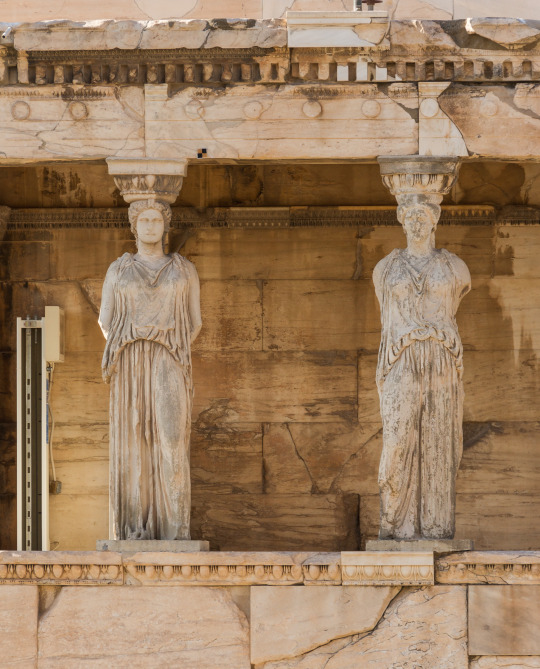
Caryatids at the Erechtheion, Acropolis, Athens, c. 5th century BC
15K notes
·
View notes
Photo

Holga
—
Immediately post your art to a topic and get feedback. Join our new community, EatSleepDraw Studio, today!
171 notes
·
View notes
Text

Rebloguea para que te escriba antes del fin de año.

3K notes
·
View notes
Photo
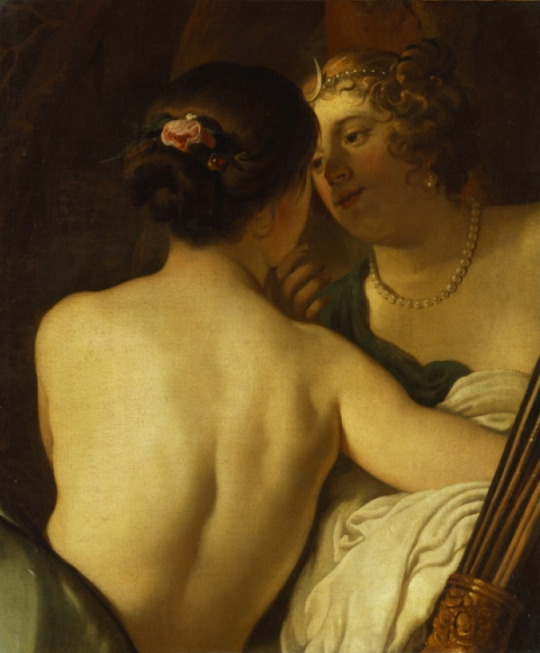
Callisto verleid door Jupiter in de gedaante van Diana (Jupiter in the Guise of Diana Seducing Callisto), ca. 1650.
Gerard van Honthorst
Oil on canvas
4K notes
·
View notes







